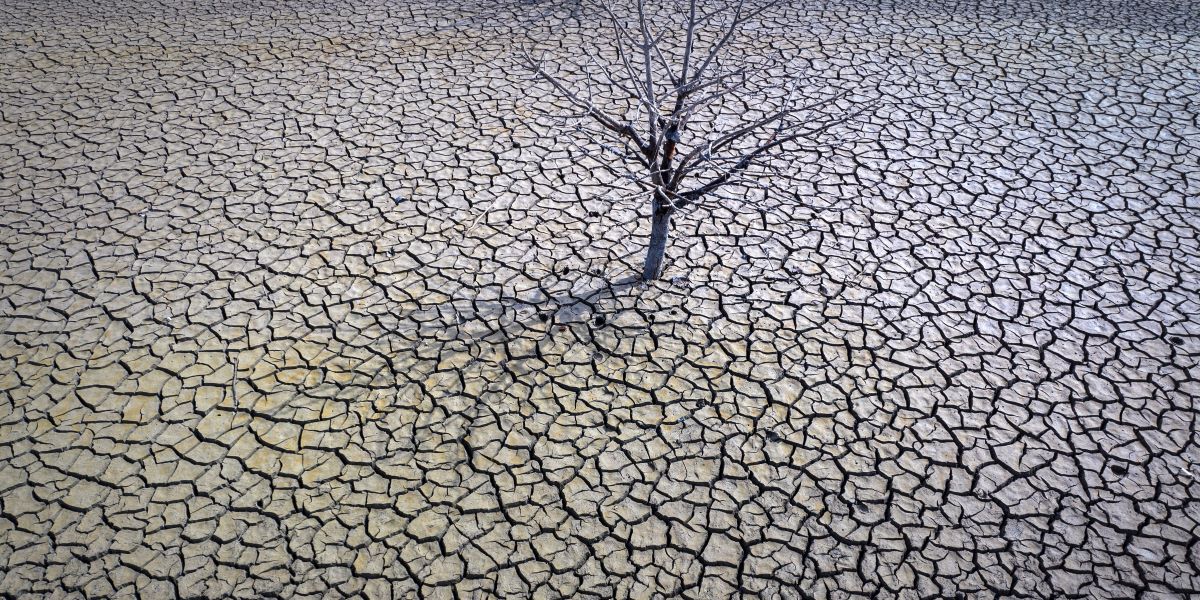Spain has been affected by a severe drought for more than six months, particularly in the south of the country: in May the agricultural association Coag had estimated the loss of 50 thousand square kilometers of cereal crops due to lack of rain. As in Italy, attempts have been made to irrigate the fields in various ways, even returning to using a network of canals that had been built by the Arabs in the Middle Ages, the “ditches”.
The word irrigation ditch comes from the Arabic “as saqiya”, which means precisely “channel”. They are irrigation ditches, i.e. irrigation channels of moderate flow, the length of which varies from a few tens of meters to several kilometres, which run along the sides of the mountains, and are typical of the mountainous areas of Andalusia, in southern Spain. They were built to collect the water from the snowmelt in the spring, prevent it from ending up in the rivers and instead send it to the “sim”, points on the ground where, thanks to the characteristics of the soil, water is absorbed very easily and fills the underground water tables, which are then used to irrigate the fields. The process is called “sowing and harvesting” of water and allows the water cycle to be extended over time, from the mountains to the sea.
The network of ditches it has a long history. The system was introduced in Spain between the 8th and 10th centuries by Arabs who settled in various areas of Mediterranean Europe, including Spain. Techniques of “sowing and harvesting” water were already used in many areas of the Middle East, for example in present-day Yemen and Syria. Thanks to ditches the Arabs made Andalusia, one of the driest regions of the European continent, an important agricultural centre, especially for the cultivation of citrus fruits and pomegranates.
Irrigation systems that use the same logic as ditches they also exist in other parts of the world, especially in Latin America. In some areas of Peru there are canal systems over 1,400 years old and still used today called “amunas”: they are prior to the Spanish colonization but, exactly like the ditches, divert the melt water from the mountain ice towards specific infiltration points. Even in certain dry areas of Ecuador, small artisanal dams were historically built to help conserve water when spring arrived.
Over the centuries the network of ditches of Andalusia continued to expand, even after the reconquest by the Christian armies of the territories controlled by the Muslim populations. Estimates vary, but today in the provinces of Granada and Almería alone there are thousands of kilometers of canals, some of which have been in continuous operation since the Middle Ages. However, a significant part is in a complete state of abandonment: starting from the 1960s, a progressive depopulation of the countryside began, and many “ditches” – people experienced in the management of ditches, whose knowledge was handed down orally from generation to generation – they moved en masse to the cities. In the Sierra Nevada 20 percent of ditches is not currently in operation, according to estimates latest.
Only in the last decade, also as a consequence of the increasingly prolonged drought periods, the importance of this canal system has begun to be re-evaluated. In 2014 the Biocultural Archeology Laboratory (MEMOLab) of the University of Granada has launched the most important restoration project of ditches of Sierra Nevada, under the coordination of Professor José Civantos. With the help of dozens of volunteers, Civantos has managed the restoration work of nearly one hundred kilometers of ditches, cleaning them of debris and bringing them back into operation. Countries such as that of Cañar, in the historical region of the Alpujarra and where the ditches had been in disuse since the 1980s, they have greatly benefited from the restoration project coordinated by MEMOLab: the inhabitants have managed to cultivate the land around the town again, even during periods of extreme drought.
Despite the advantages brought by the reactivation of the ditchesHowever, their recovery is slow. According to Civantos, interviewed over the years by various international newspapers, a large part of public funds tends to promote more technologically advanced agricultural techniques, considered more efficient in terms of productivity. Small-scale agriculture, or that made possible by ditches, in fact offers minimal profits and cannot compete with the large single-product intensive crops of other areas. This attitude, which according to Civantos «it betrays a prejudice towards rural areas and agricultural activities», ignores the benefits for small mountain farming communities and the sustainability of the system.
